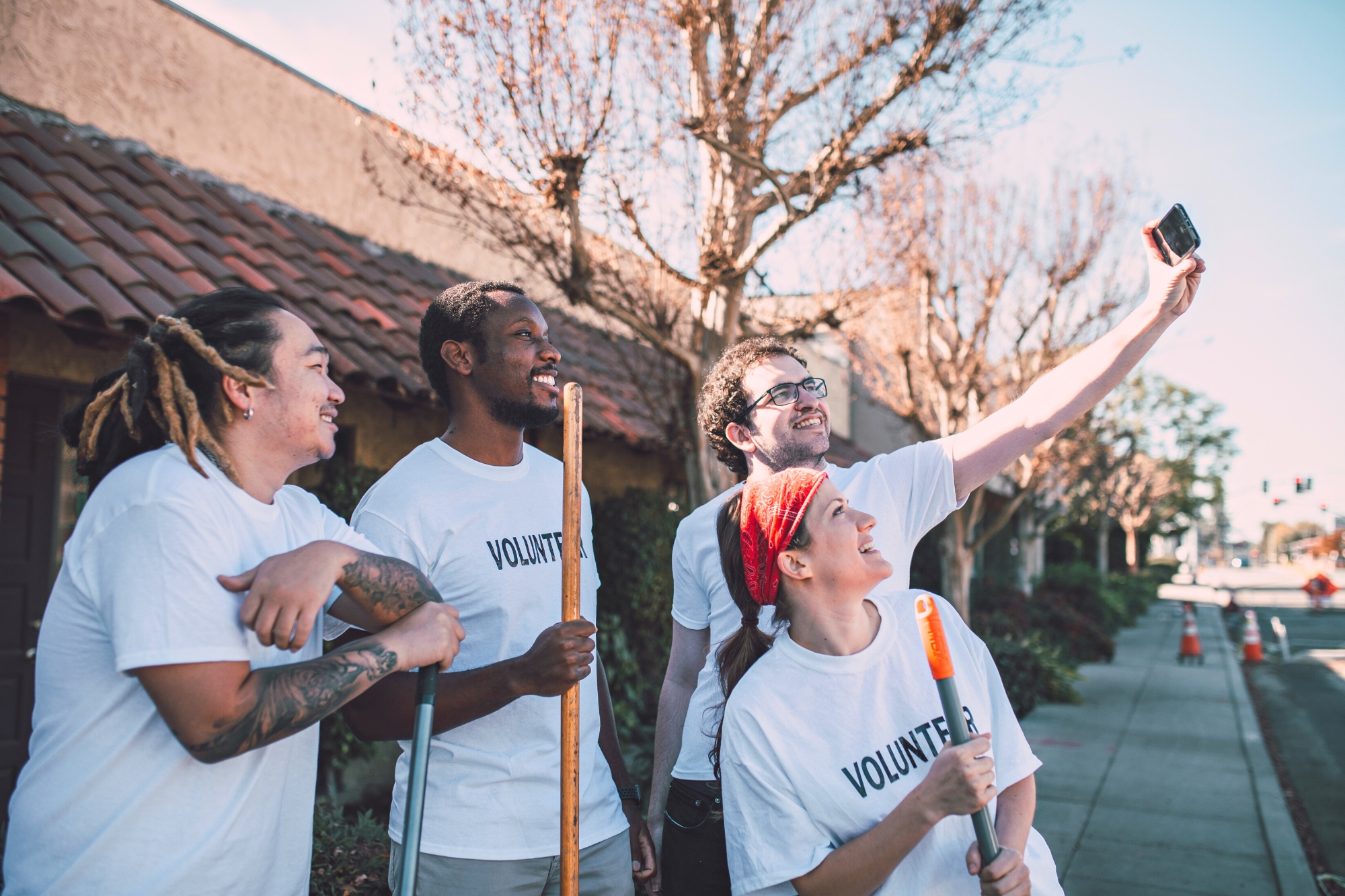How to Balance Donor Retention and Donor Acquisition
Nonprofit fundraising is a multi-faceted endeavor focused on donor acquisition and retention. Over the past 15 years, the average donor retention rate has ranged from 40-50%. With this being said, there will always be donor attrition. This comes from a natural decrease in support over time, reduced interest in nonprofit causes or events such as the death of a donor.
Nonprofits can combat this natural decrease in support by (1) engaging current donors, (2) running donor acquisition campaigns to gain new donors, and (3) re-engaging lapsed donors.
Donor Retention: Engage current donors
Upgrade your donors
When it comes to requesting donations through appeals, be sure to upgrade your recurring donor amounts and provide the option to select an “other” amount. For example, if a donor has given $25 in the past, we recommend using variable data to provide them the option to donate larger amounts that correlate with their previous amount. These amounts should be based on the amount given in the past – a donor who has given $500 in the past is more likely to respond positively to a return envelope suggesting a $750 donation than a donor who has given $75. In addition to this, providing an “other” option gives donors the opportunity to revert to previous donation amounts or donate even more than the amounts listed.
Communicate and provide opportunities to get involved
This natural decrease in donor support is why you must engage with your donors, connect with them throughout the year to keep them up-to-date on your work, and always provide an opportunity for them to contribute to your work. One way to stay connected is with an email newsletter. Once a donor has lapsed, there is a 4% chance that they will return to donate to your organization. After all your efforts to acquire new donors and such a small chance of getting lapsed donors back, there’s no doubt you want to keep them on board.
The average non-profit sends 2-3 newsletters each year to keep donors engaged. We recommend that your communications pieces include a soft ask to donate or get involved. For example, if you run a print newsletter, include a return envelope; or if you send emails, provide a link to donate online or sign up for volunteer opportunities.
Donor Acquisition: Running campaigns
Connecting and developing relationships with new donors involves targeted, recurring communication. Data modeling and targeted mailing lists are ways to strategically reach your ideal potential donors. Have you considered using a mailing list from a similar nonprofit or mailing the neighbors of your donors? Oftentimes, nonprofits find similarities in these people and success in reaching out. Growing this donor base is essential to your long-term success.
While donor acquisition is an essential part of your nonprofit’s success and growth, acquisition campaigns at face value can seem like a zero-sum game. Response rates vary but in general, nonprofits can expect direct mail donor acquisition campaigns to yield from 0.7-2% response.
These low average response rates make it all the more important that your campaign reach your ideal audience.
Re-Engage lapsed donors
When considering your lapsed donors, it’s important that you understand why they have lapsed and from there to determine your strategy for reconnecting. You must handle them differently than you do our current or potential new donors.
While the statistics aren’t on your side with a 4% return rate, not all hope is lost. After all, you already know that this group has an interest in your work. When is the last time you sent a communication about what your organization has been able to accomplish because of their donation? Let them know the impact of their support and that you appreciate them.
All in all, consistent, recurring communication with current and potential donors is necessary to encourage lasting support. Whether you reach out via direct mail, email, social/digital, a personal phone call, or a combination, be sure to engage consistently.
Want to get started on your strategy today? We’re here to help.
Interested in how Bluegrass can help?
See what we can do.
You may also like...



